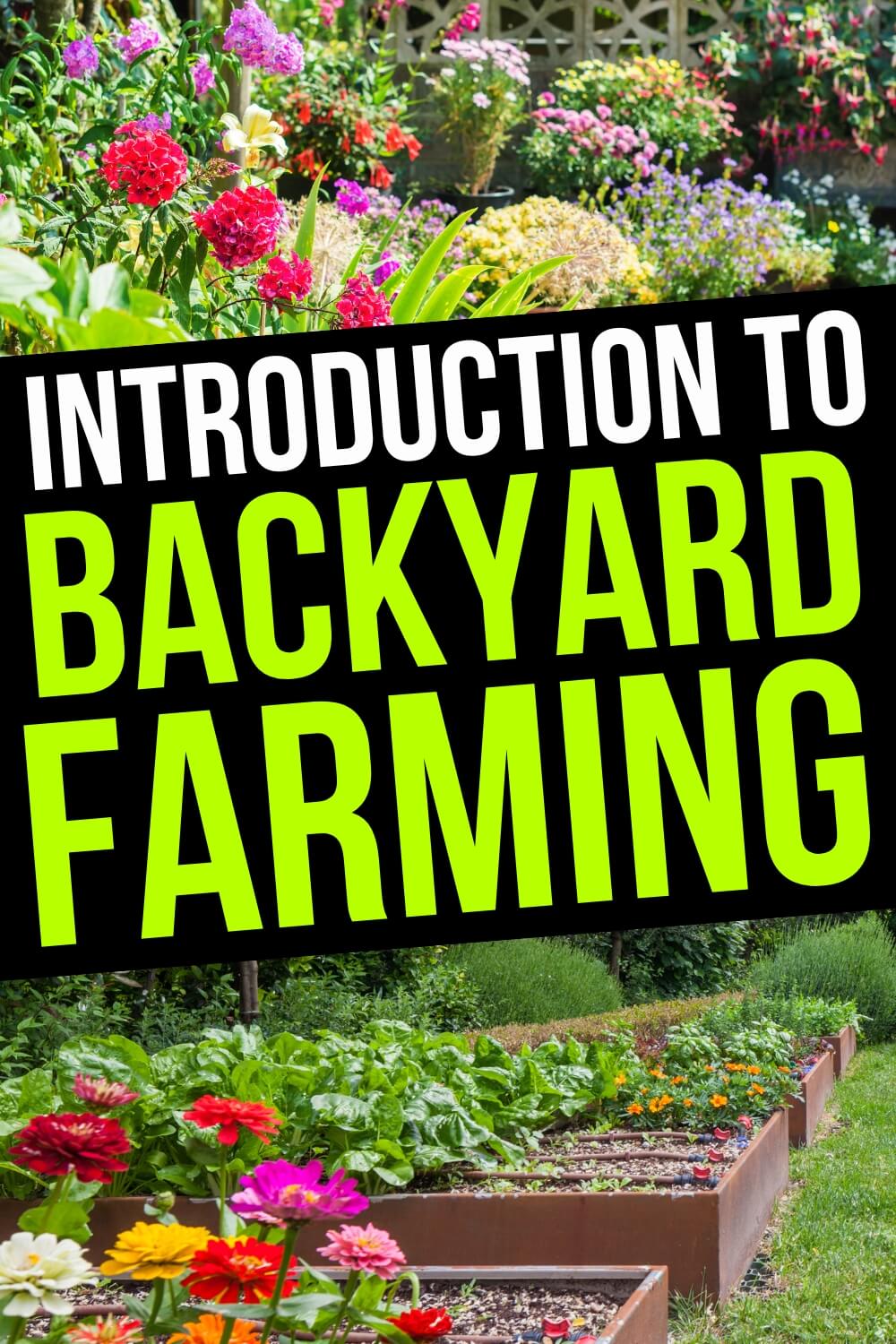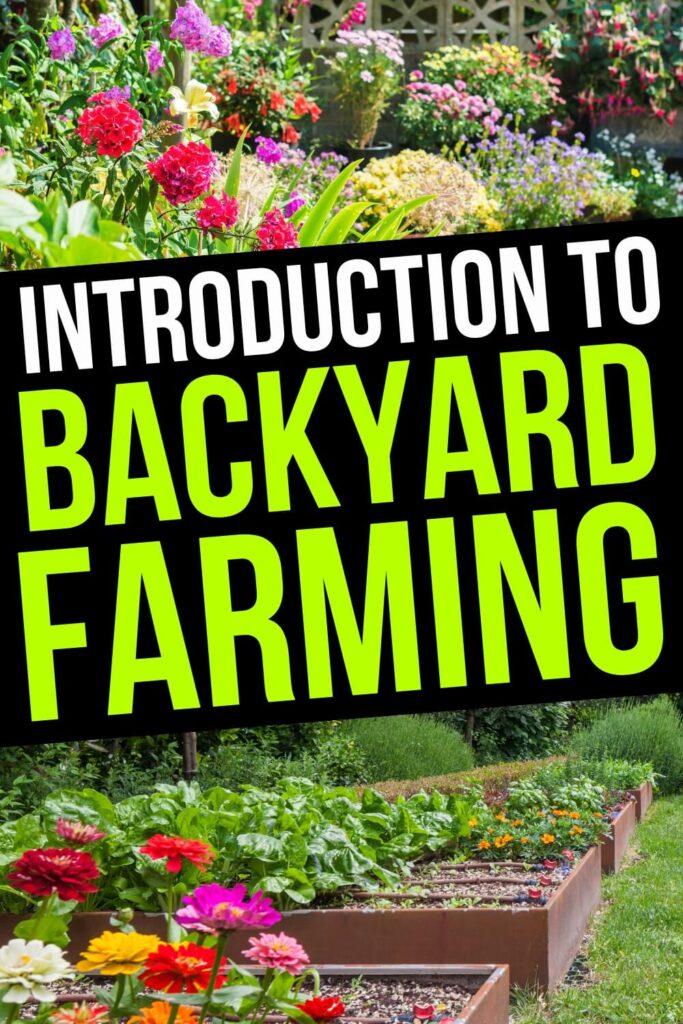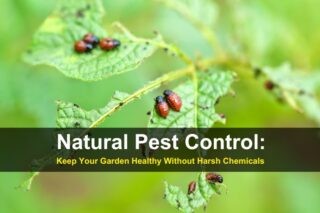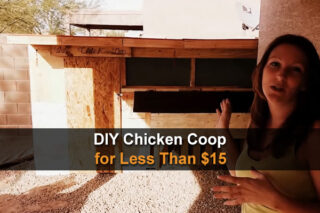Estimated reading time: 12 minutes
When many of us think of a homestead, we imagine acres and acres of property filled with orchards, gardens, barns, sheds, coops, and pens for livestock from chickens to pigs. That’s actually a pretty good description. But many people don’t have the luxury of several acres. Most of us have backyards and front yards measured in footage rather than acres.
But that doesn’t mean we can’t pursue a homesteading lifestyle. That’s because homesteading is more of a state of mind rather than acres of property. You can pursue a homesteading lifestyle in your backyard with some basic decisions about behaviors and ideas.
The basic idea of homesteading is self-sufficiency. Once you’ve made the decision to pursue a self-sufficient lifestyle you’ve taken a giant step towards developing a homestead even if your homestead is defined by a half-acre in a suburb.
Want to save this post for later? Click Here to Pin It On Pinterest!
The Basic Decisions
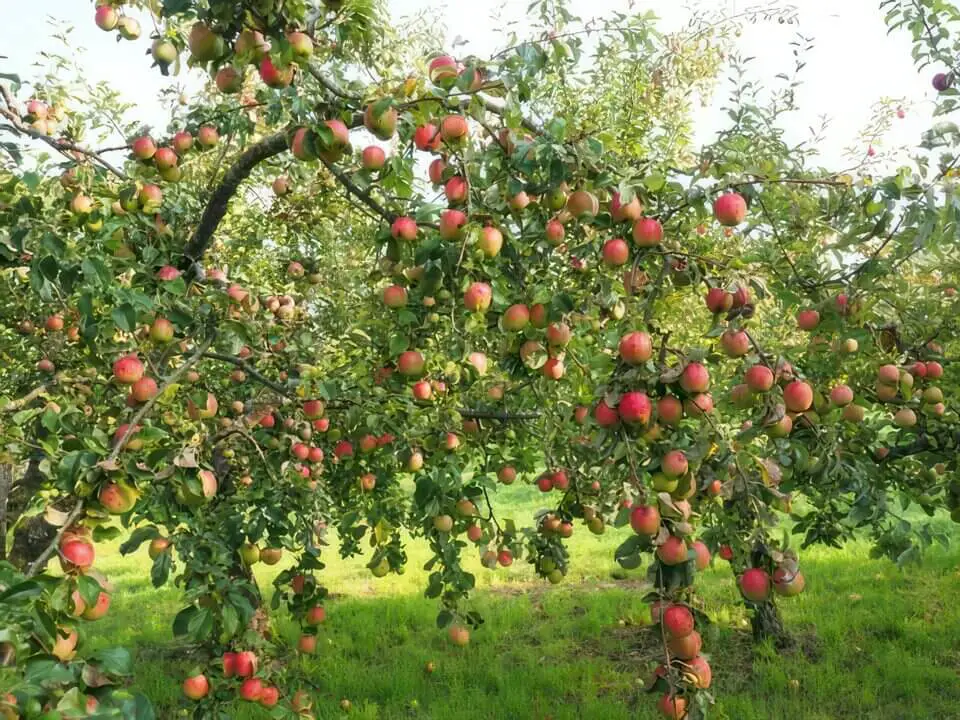
We’ll start simply. We all like trees in our yards. But rather than planting an exotic ornamental tree, plant an apple tree. Or two or three. They flower in the spring better than most ornamental trees, and you have the added benefit of the fruit.
The same goes for pear trees, cherry trees and peach trees. A lot depends on where you live and the species of fruit tree that can survive. And that doesn’t mean you cut down every tree. You can make syrup from maple sap and harvest acorns from an oak.
It all gets down to understanding and evaluating the value of what you plant and how it can support self-sufficiency.
- 13 Trees Every Homesteader Should Plant
- How to Plant a Tree on Your Homestead
- 18 Best Medicinal Trees for Your Homestead
Shrubs and Bushes
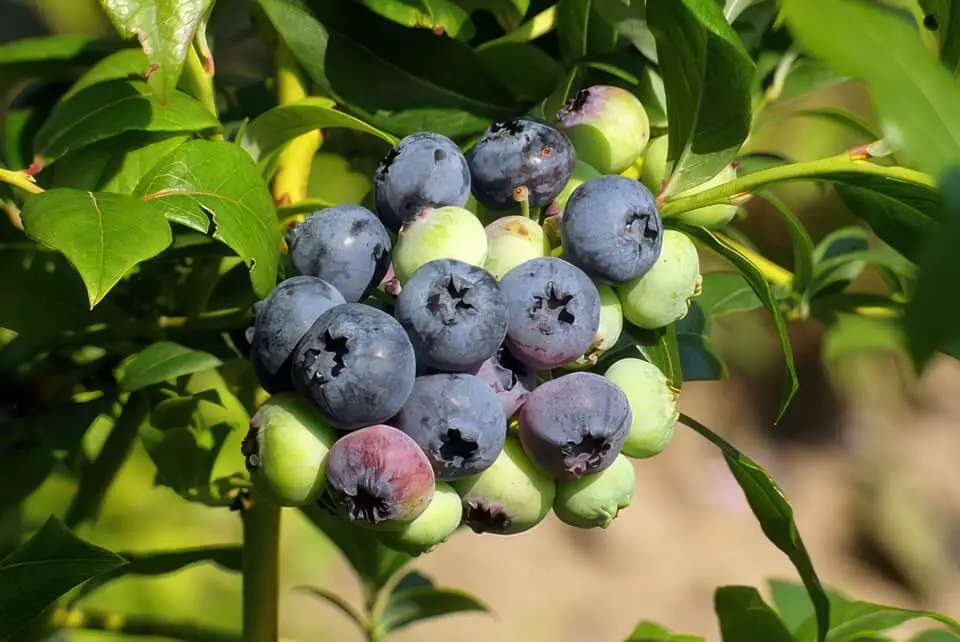
This is another common plant that shows up in our yards. But why not plant blueberry bushes, thornless blackberries, and other shrubs and bushes that bear fruit? They look nice and provide the same landscaping appeal as traditional shrubs, but they add value.
That’s the key to making good homesteading decisions when space is somewhat limited.
From Flowers to Vegetables

Who doesn’t love flowers? But once again, the question has to be: Where’s the self-sufficient value? Echinacea or the purple cone flower is a beautiful plant and has historic medicinal value. Plant it.
But you could also think about planting things like strawberries, herbs, squash, even tomatoes and peppers. They all flower and once again provide a double benefit to traditional landscaping as they flower in the spring and bear fruit into summer and fall.
It all gets back to assessing the real value of anything you plant. Will this help me achieve self-sufficiency, or is it just a pretty flower ground cover taking up valuable and rare space?
A Garden?
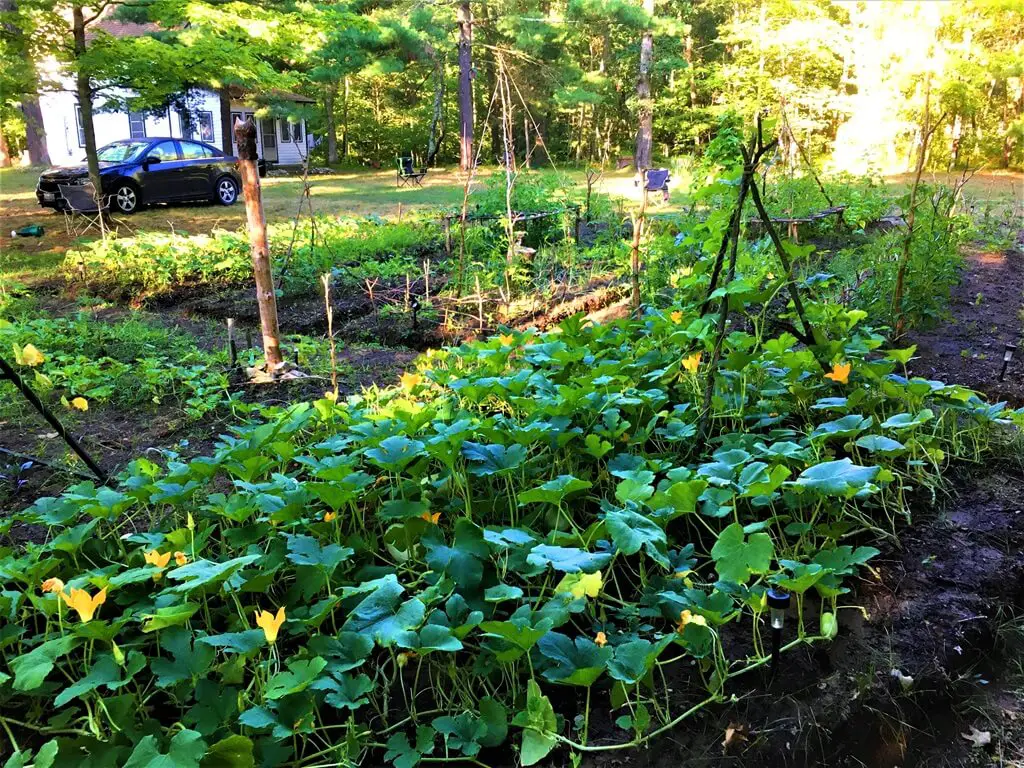
If you have a backyard, you have room for a garden. In fact, you may have more room than you think if you approach it strategically. Here are some thoughts on how to get the most out of a little space.
- How to Build a Survival Seed Bank That Will Last for Years
- How to Build a Potato Tower (Illustrated Guide)
- Succession Planting: The Secret to Doubling Your Harvest
Think Vertically
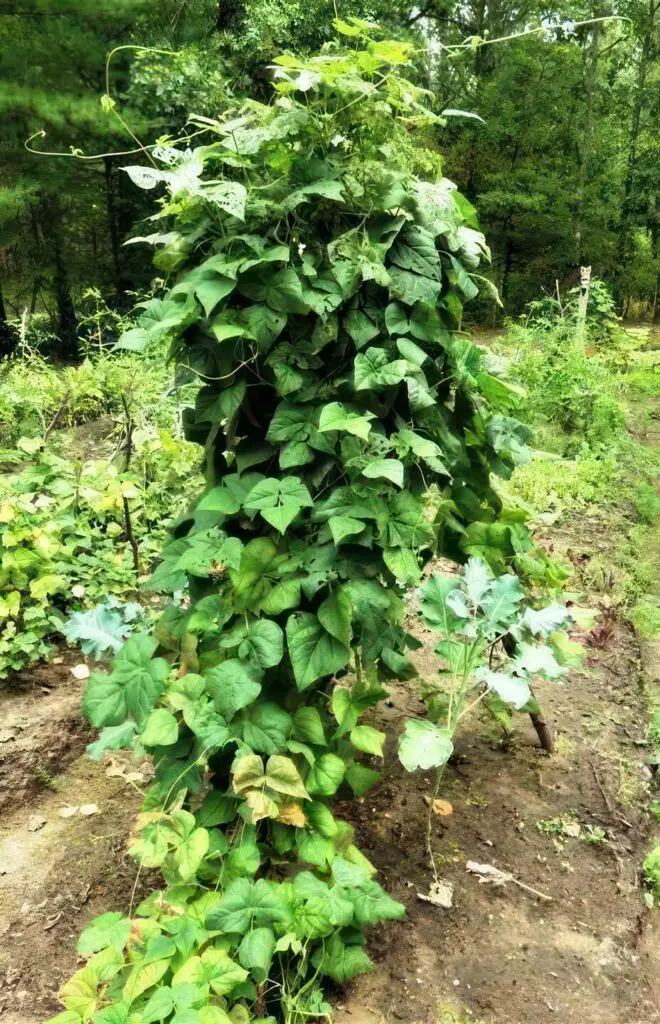
Many vegetables and fruits grow on a vine. Strategically constructing trellises and other vertical structures gives you a chance to grow upward rather than outward. Possibilities include pole beans, grapes, many varieties of squash, tomatoes, and others. If it has a vine, it has a chance to grow vertically.
Consider Containers
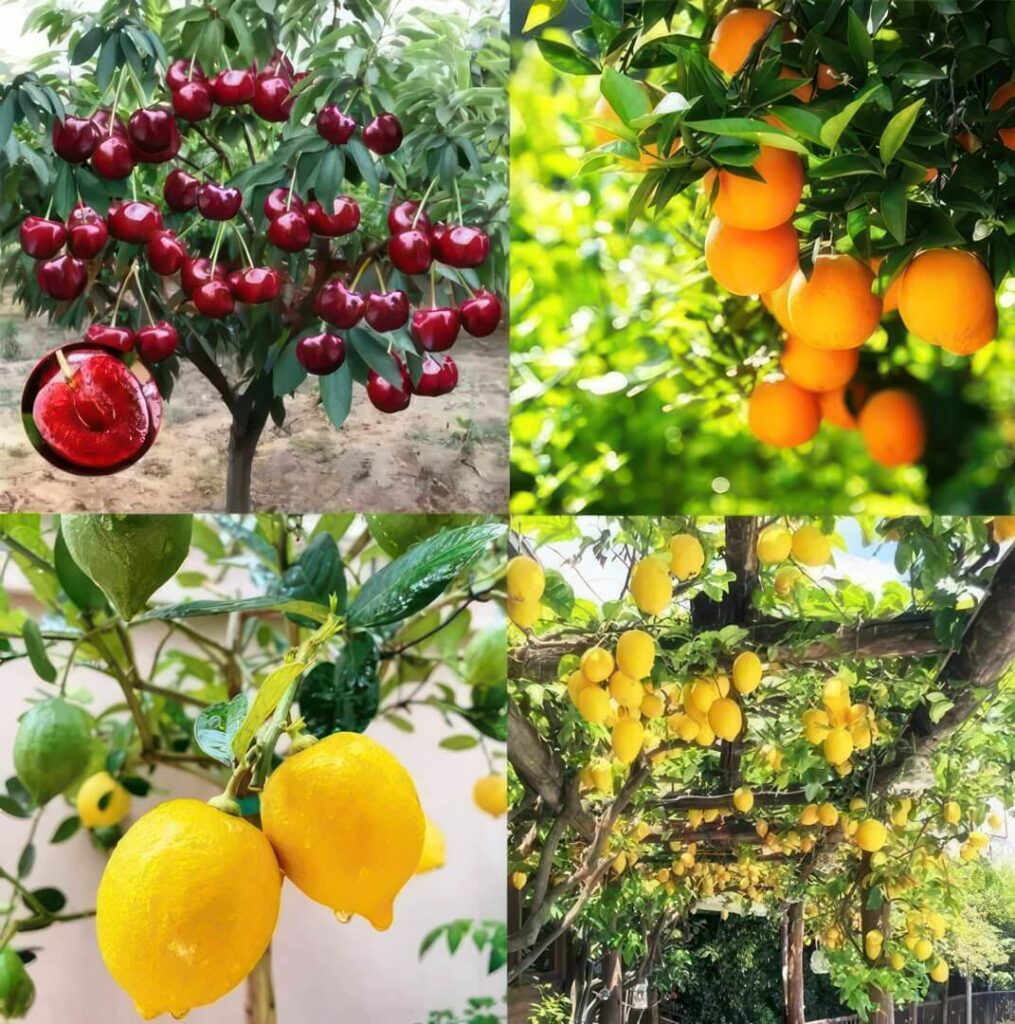
Containers can grow everything from vegetables to herbs and even dwarf fruit trees. Better yet, the containers can be located on a patio, deck or balcony. Think about how you can use containers to add to your harvest and your overall yields.
Bucket Gardening
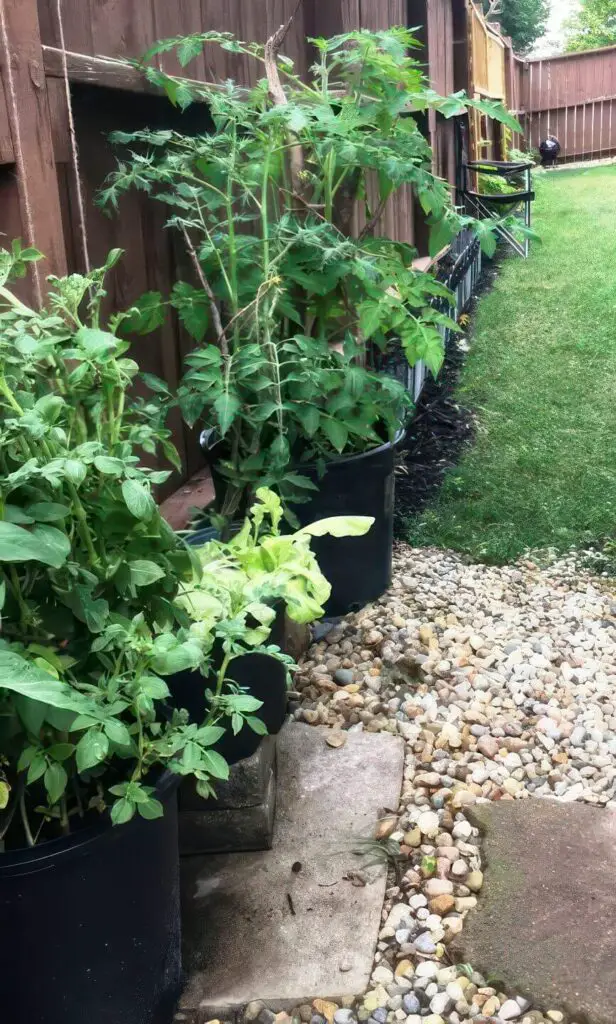
It doesn’t have to be a fancy container. 5-gallon buckets can grow everything from vegetables to mushrooms and even give you a great crop of potatoes. Better yet, they’re easy to move around to catch the most sunlight and rain, or to bring them inside in the event of an unexpected frost or freeze.
20 Foods You Can Grow in Buckets Any Time of Year
Hanging Gardens
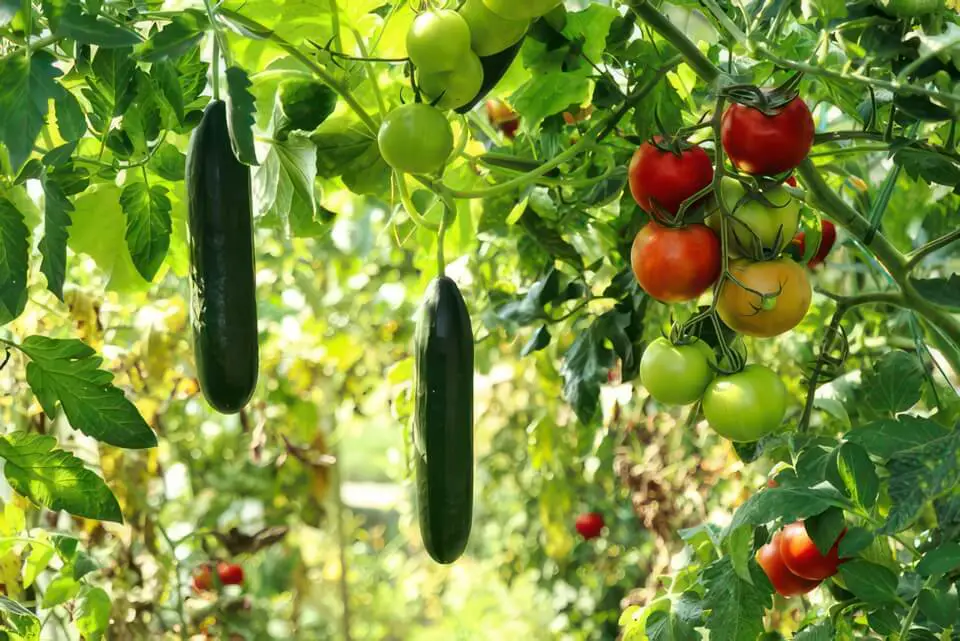
If you can’t grow it up, grow it down. Hanging pots and baskets are a great way to add more growing space to your backyard homestead. Just about anything can be grown in a hanging garden. Use your fruit trees to support the hanging pots or find any other way to suspend from the roof to a fence.
Raised Beds
It’s all about maximizing space and opportunities. Think of a raised bed as a portable garden on steroids. You frame up the bed to the size you want; fill it with soil and compost and plant whatever you want. It’s a great way to create a very fertile and productive garden in a narrow or limited space.
Build a Greenhouse
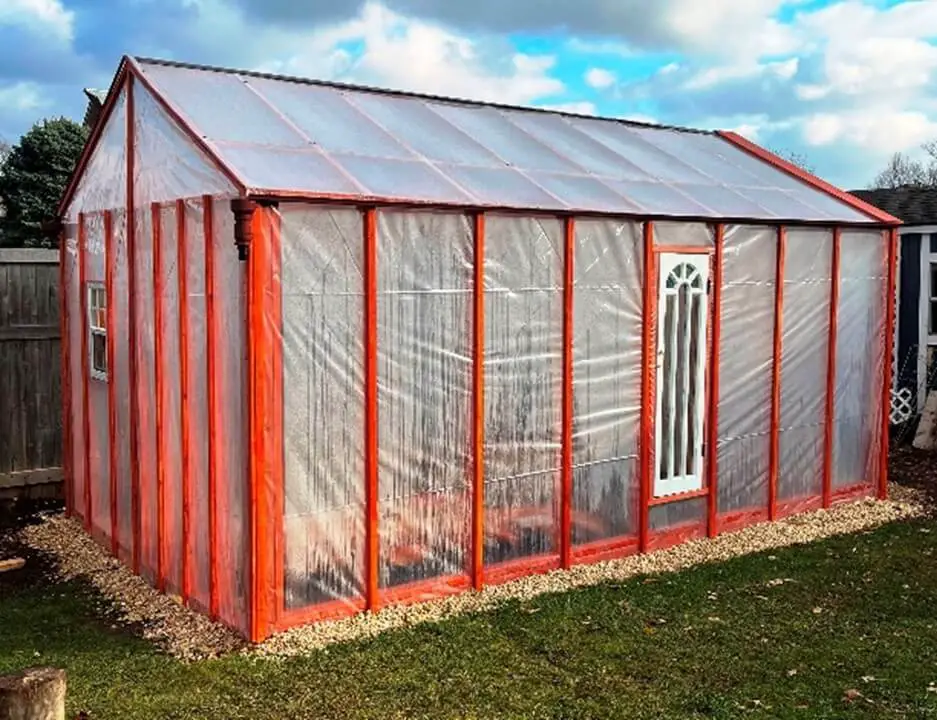
Building a greenhouse is not hard to do, and it will not only extend your growing season but allow you to grow herbs and vegetables on many levels. It can be built in the smallest yard and can actually give you a growing opportunity well into winter if managed properly.
Compost, Compost, Compost
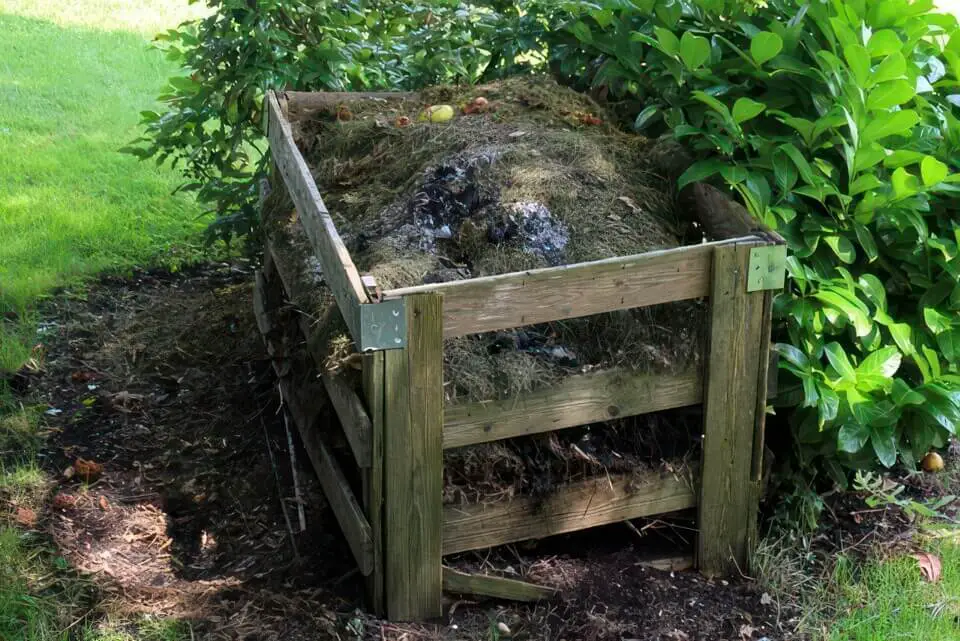
Every homesteader has a compost heap. It doesn’t take up a lot of space, but it’s an engine for creating superior soil for growing anything. Find a place in your yard and create a compost heap.
- Composting 101: Read This Before You Start
- Create Endless Fertilizer for Your Garden With Vermicomposting
- 6 Ways to Accelerate Composting
Think Like a Homesteader
Homesteaders often have property next to a spring, creek river, pond or lake. Most of us don’t have that luxury. But we all have a water source that is mutual and equally shared: rain.
Rainwater Collection
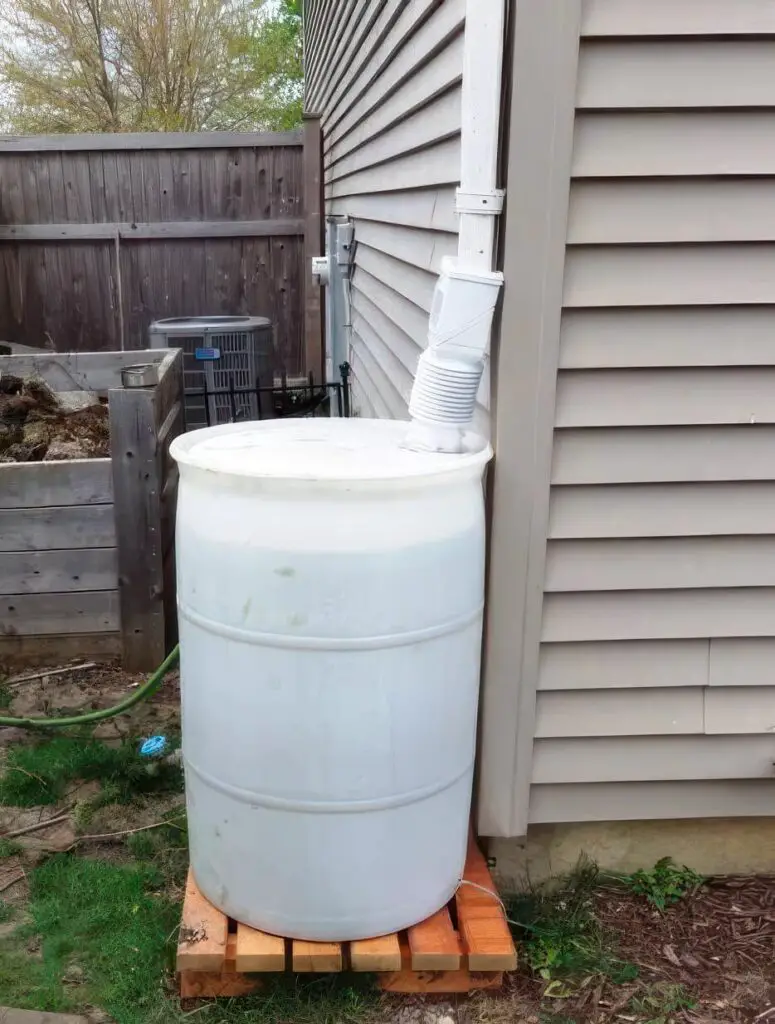
A backyard homesteader sets up a rainwater collection system. It uses the roof of your house and some connections to funnel rainwater into a collection barrel. You can even join barrels to barrels to multiply the harvest. If you want to set up a backyard homestead, set up some barrels to collect your rainwater.
- 7 Rainwater Collection Systems
- 13 Mistakes to Avoid When Harvesting Rainwater
- How to Start Collecting Rainwater
Solar Power
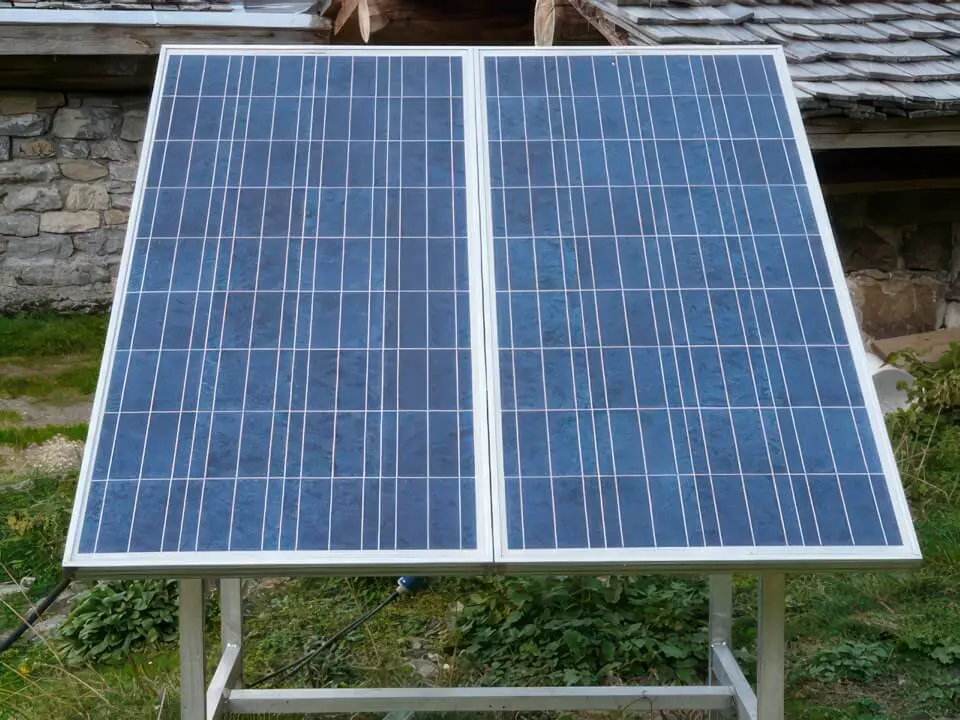
Solar power is the commonsense power generator, and all you need is a roof over your head to collect it. How many panels you need and how you store your energy is up to you, but solar is a big step towards self-sufficiency.
- The Prepper’s Guide to Solar Generators
- How To Get Your Home Off The Grid And Onto Solar Power
- 9 Ways To Harness Solar Energy
Wind Power
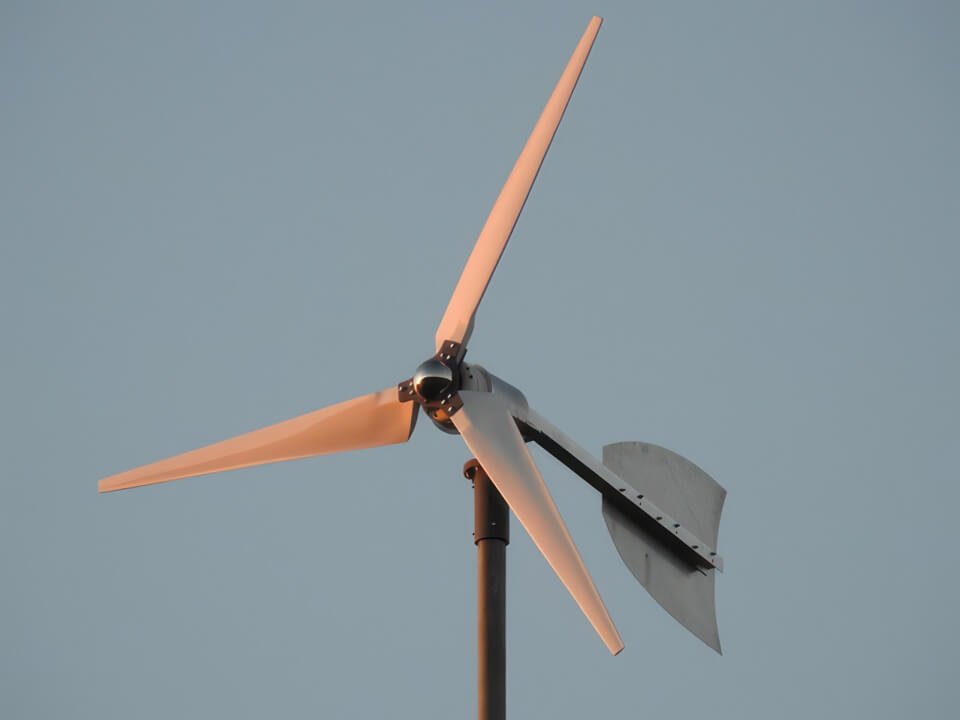
Solar always works, but if you live in a windy location, you can generate wind power and you don’t need acres to do it. Just a small windmill.
Animal Husbandry
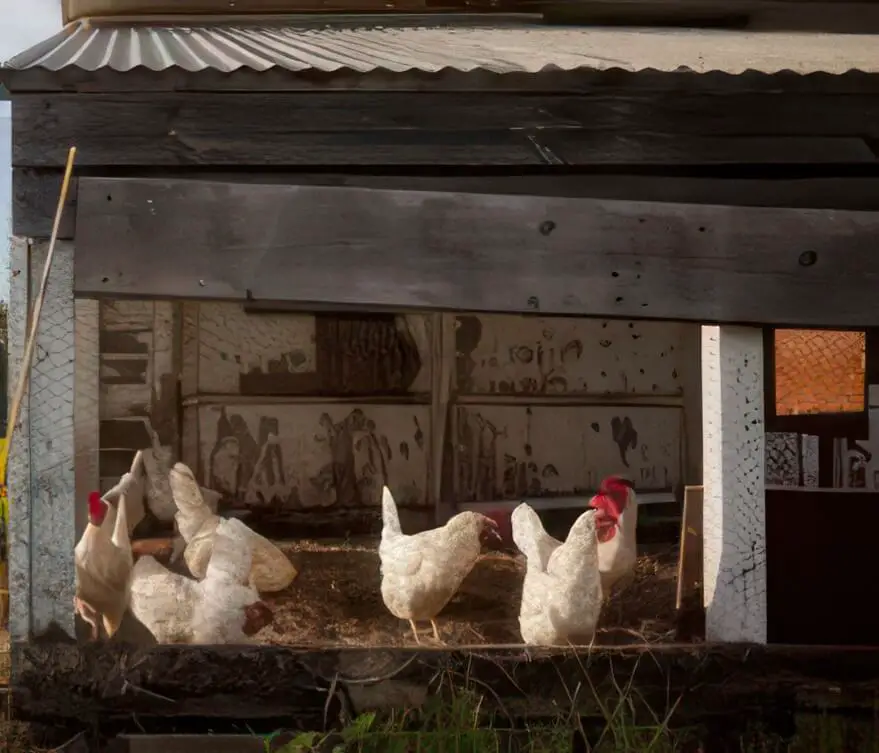
It’s intimidating to think about raising animals on a small plot of land, but chickens aren’t fussy, and a small coop and a bit of wandering room can make 6 chickens very happy. You would only need about 12 square feet and the coop plus the chickens.
In return you’ll get up to 6 eggs a day. Just make sure you check with your local county policies about chickens in your back yard. The biggest problem is usually related to roosters. Skip the rooster, keep the hens.
- 16 Easy Chicken Coop Designs
- 9 Ways to Winterize Your Chicken Coop
- DIY Chicken Coop for Less Than $15
Rabbits
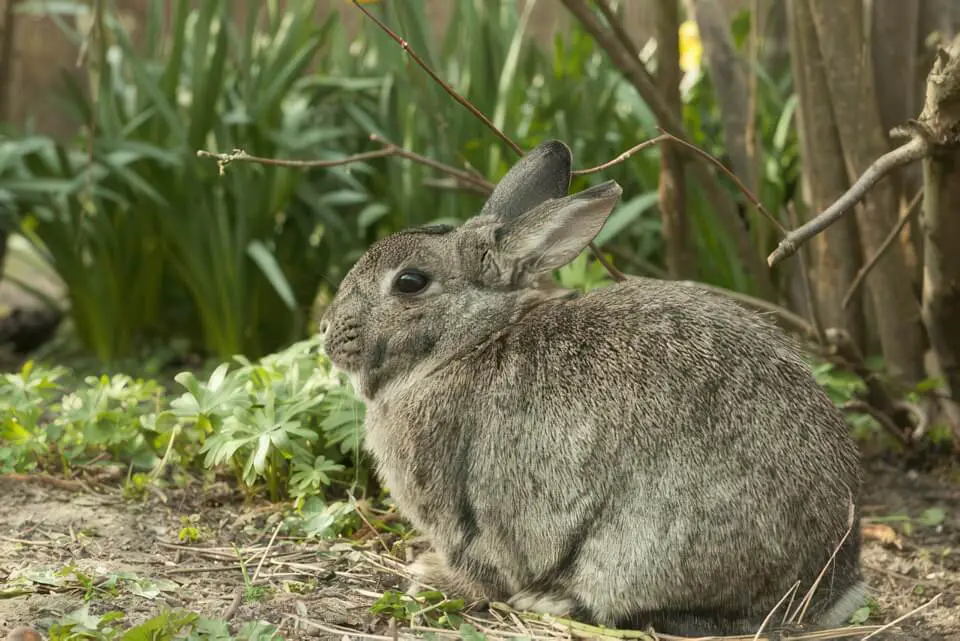
Rabbits are another undemanding type of animal you can raise for food. The hard part for many people is slaughtering an animal the kids have named and seem to respond like pets. Maybe that’s why the cold behavior of chickens (descended from dinosaurs) make slaughter a little easier.
Goats
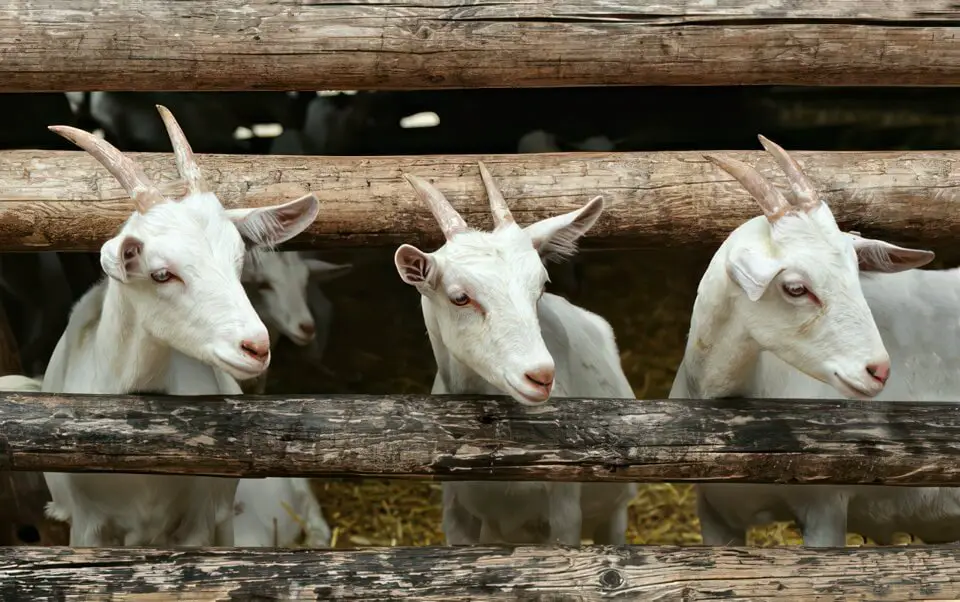
Goats are about as ambitious as you can get in a backyard. They can provide milk and eventually meat, but it’s the same rabbit problem. We name them and interact with them and then someday have to kill them so we can eat them. Maybe that’s why most of us stick with the chickens.
- Raising Goats 101: Here’s How To Get Started
- 7 Best Animals for Homesteaders
- The Homesteader’s Guide to Raising Chickens
- 5 Best Dual-Purpose Livestock For Small Homesteads
Backyard Homesteading Activities
There are significant homesteading activities you can do in your backyard that don’t require the usual challenge of acreage. Here are some activities that can sustain self-sufficiency in your own backyard.
Soap Making
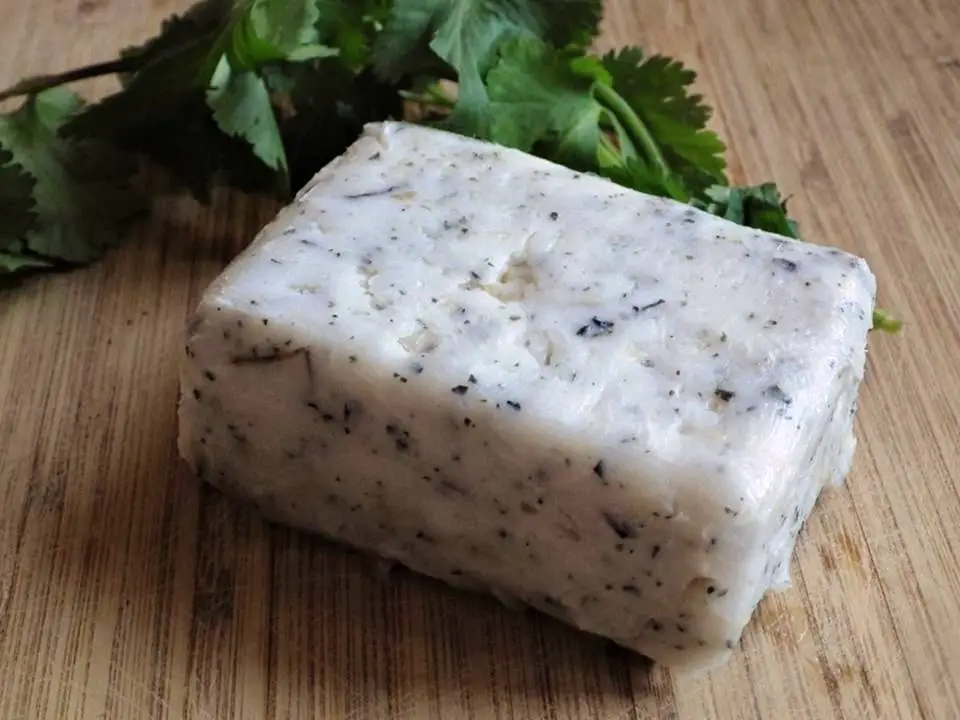
This sounds like an odd thing to do, but it's a common homesteading activity. It’s all about making soap from fat and ashes. You can do it in your backyard and you may be surprised by the successful results.
Sap to Syrup
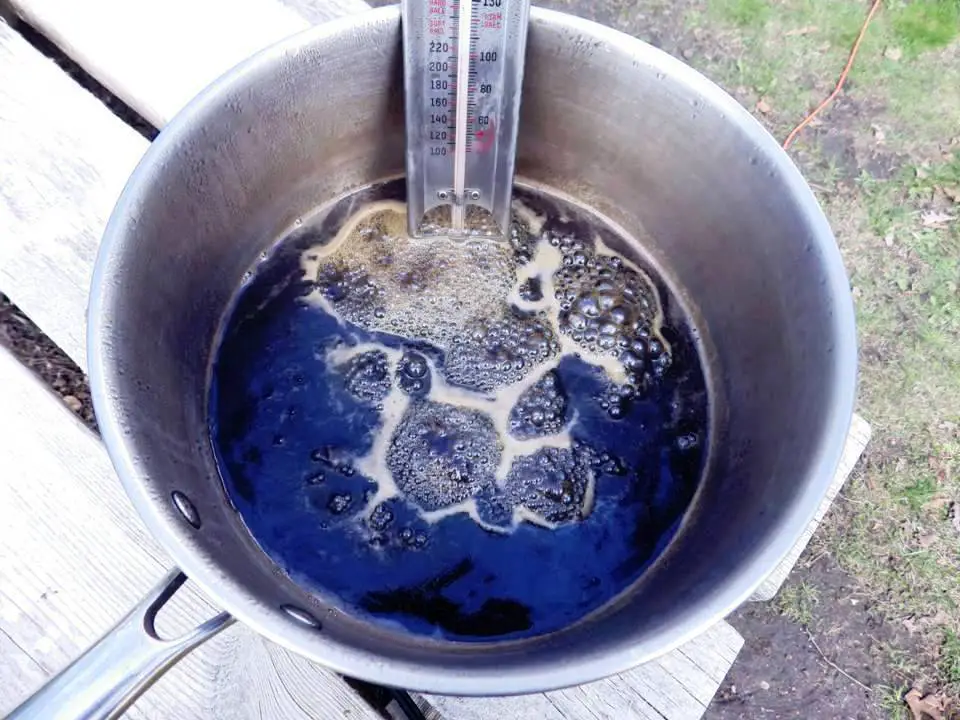
If you have a maple tree, tap the sap and boil it down to a wonderful maple syrup. In fact, there are many trees that can be tapped for their sap to make a syrup. And you can do all of it in your backyard.
Charcoal Making
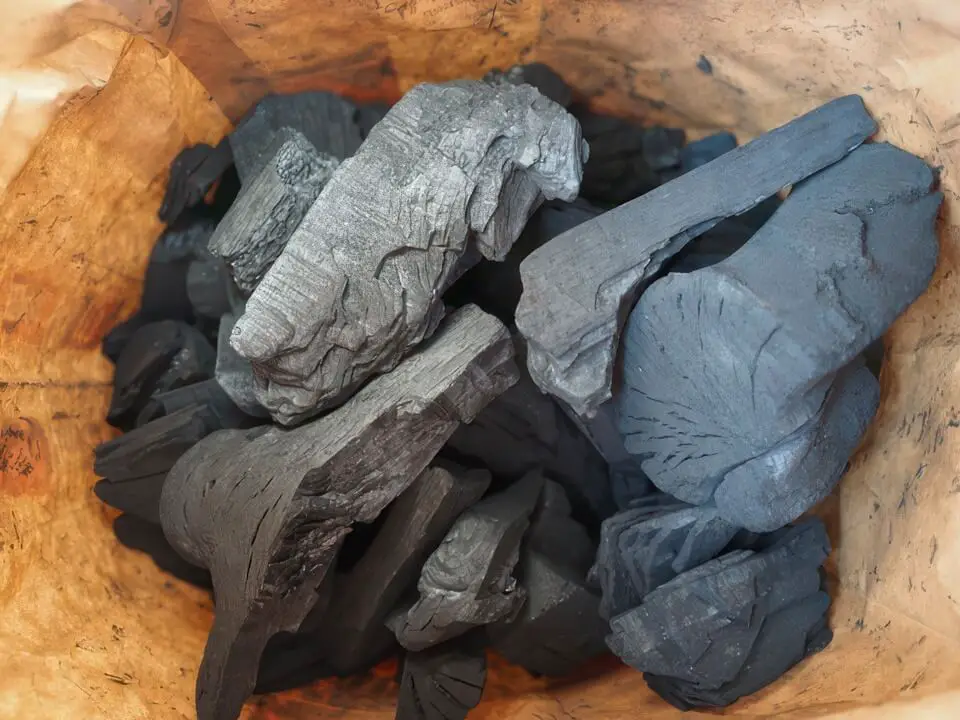
It’s not hard to make your own charcoal. You just need some wood and a large metal pot over a fire. Pioneers did it all the time and so can you.
Your Yard as a Homestead
It’s not about a lot of space, it’s how you use the space available. Think vertically, and think about containers and buckets. Think about things like chickens that are not dependent on significant space.
Anyone can homestead on a small plot of land. It’s just a question of balancing and managing priorities with a smart self-sufficient mindset.
Like this post? Don't Forget to Pin It On Pinterest!
You May Also Like:

